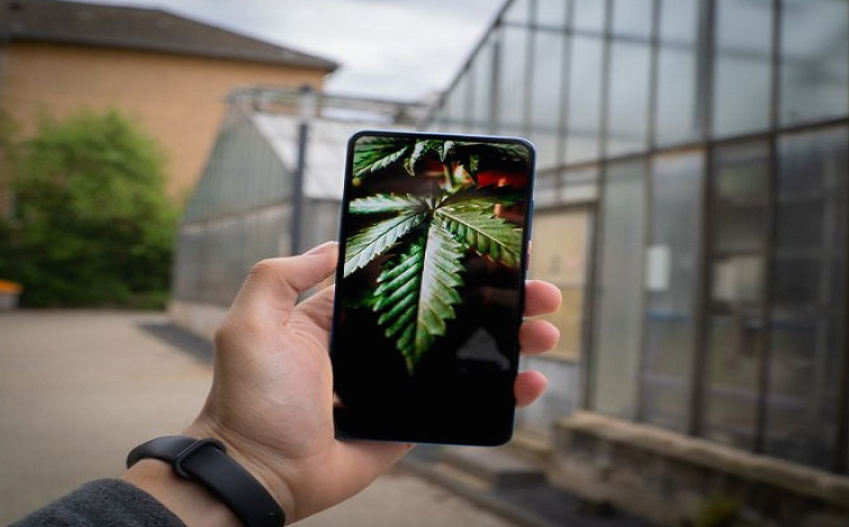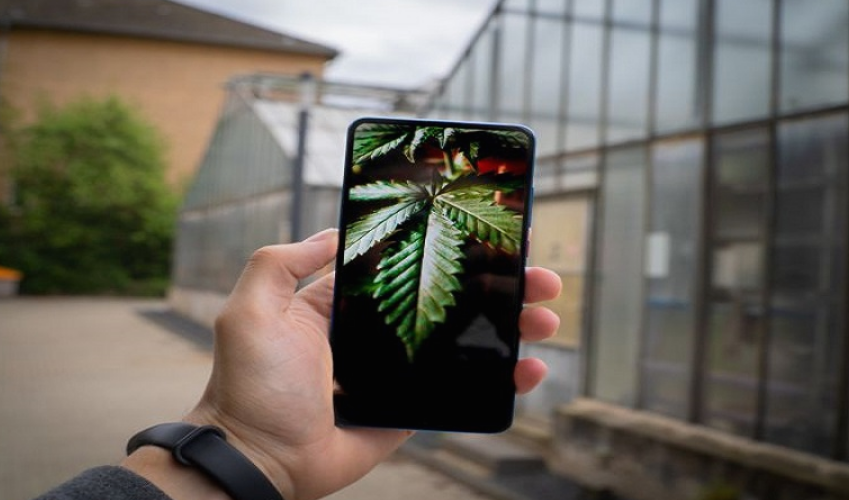
These days, smartphones come with a variety of capabilities that are relevant to one’s health. How about we come up with a function that can determine whether or not someone is high on marijuana? According to the findings of a research conducted by the Rutgers Institute for Health, Health Care Policy and Aging Research, it is possible that a sensor built into a smartphone might be used to assess whether or not a person has been inebriated as a result of smoking cannabis. This research, which was recently published in the journal Drug and Alcohol Dependence, investigates whether or not it is possible to use smartphone sensors to detect instances of cannabis intoxication in their natural settings.
The study that was conducted by researchers at the Rutgers Institute for Health, Health Care Policy and Aging Research utilised a mix of temporal characteristics and data collected from smartphone sensors. The researchers conducted an analysis of everyday data obtained from young people who utilised at least twice each week. They investigated phone surveys, self-initiated reports of cannabis use, and continuous phone sensor data in order to determine the significance of time of day and day of the week in detecting use. Additionally, they determined which phone sensors are the most helpful in detecting self-reported cannabis intoxication.
According to the findings of the study, monitoring the time of day and the day of the week had an accuracy of 60 percent in detecting self-reported cannabis intoxication, whereas the combination of time features and smartphone sensor data had a 90 percent accuracy in detecting cannabis intoxication. [Citation needed] [Citation needed] [Citation needed] [Citation needed] [Citation The researchers found that the most useful aspects of phone sensors for identifying cannabis intoxication were mean patterns derived from GPS data and movement data derived from accelerometers.
